Fruit Juice Plants
10500 INR/Unit
Product Details:
- Capacity 2-60 GLASS AT A TIME
- Automatic Yes
- Voltage 230/440 Volt (v)
- Feature ECO Friendly Low Noice Lower Energy Consumption Compact Structure High Efficiency
- Click to View more
X
Fruit Juice Plants Price And Quantity
- 10500.00 - 226000.00 INR/Unit
- 10500 INR/Unit
- 1 Unit
Fruit Juice Plants Product Specifications
- Yes
- ECO Friendly Low Noice Lower Energy Consumption Compact Structure High Efficiency
- 230/440 Volt (v)
- 2-60 GLASS AT A TIME
Fruit Juice Plants Trade Information
- Cash Against Delivery (CAD) Cash Advance (CA) Cash in Advance (CID) Cheque Western Union
- Asia Australia Central America North America South America Eastern Europe Western Europe Middle East Africa
- All India South India Central India West India North India East India Gujarat Karnataka Kerala Lakshadweep Mizoram Meghalaya Manipur Andhra Pradesh Bihar Chandigarh Daman and Diu Goa Jharkhand Odisha Punjab Assam Delhi Dadra and Nagar Haveli Andaman and Nicobar Islands Arunachal Pradesh Chhattisgarh Haryana Himachal Pradesh Jammu and Kashmir Madhya Pradesh Maharashtra Nagaland Rajasthan Sikkim Tamil Nadu Telangana Tripura Pondicherry Uttar Pradesh Uttarakhand West Bengal
- ISO
Product Description
Receiving and Inspection
- Receiving: Fruits are delivered to the plant, usually in bulk.
- Inspection: Quality control checks for ripeness, damage, and cleanliness.
2. Washing and Sorting
- Washing: Fruits are thoroughly washed to remove dirt, pesticides, and other contaminants.
- Sorting: Fruits are sorted by size, ripeness, and type to ensure uniform quality in the final product.
3. Extraction
- Juice Extraction: Different methods are used depending on the type of fruit and the desired juice quality. Common methods include:
- Pressing: Mechanical presses extract juice by squeezing the fruit.
- Centrifugation: A centrifuge spins the fruit to separate the juice from the pulp.
- Enzymatic Methods: Enzymes are used to break down the fruit™s cell walls, making it easier to extract the juice.
4. Clarification and Filtration
- Clarification: Removing pulp, sediment, and other particulates from the juice.
- Filtration: Fine filtration to ensure a clear, smooth juice.
5. Pasteurization
- Heat Treatment: Juice is heated to kill bacteria and extend shelf life. This can be done through:
- High-Temperature Short-Time (HTST): Quickly heating the juice to a high temperature.
- Ultra-High Temperature (UHT): Heating juice to an even higher temperature for longer shelf life.
6. Concentration (Optional)
- Evaporation: Removing a portion of the water from the juice to create a concentrate, which is easier and more economical to transport.
7. Blending and Additives
- Blending: Combining different juice batches or types to achieve the desired flavor and consistency.
- Additives: Adding preservatives, flavorings, or vitamins if necessary.
8. Packaging
- Filling: Juice is filled into containers such as bottles, cartons, or cans.
- Sealing: Containers are sealed to maintain freshness and prevent contamination.
- Labeling: Containers are labeled with product information, including nutritional facts and expiration dates.
9. Storage and Distribution
- Storage: Finished products are stored in warehouses until they are shipped out.
- Distribution: Juice is distributed to retailers, restaurants, or directly to consumers.
Tell us about your requirement

Price:
Quantity
Select Unit
- 50
- 100
- 200
- 250
- 500
- 1000+
Additional detail
Mobile number
Email


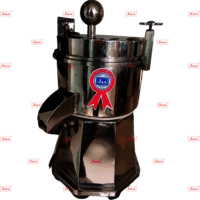


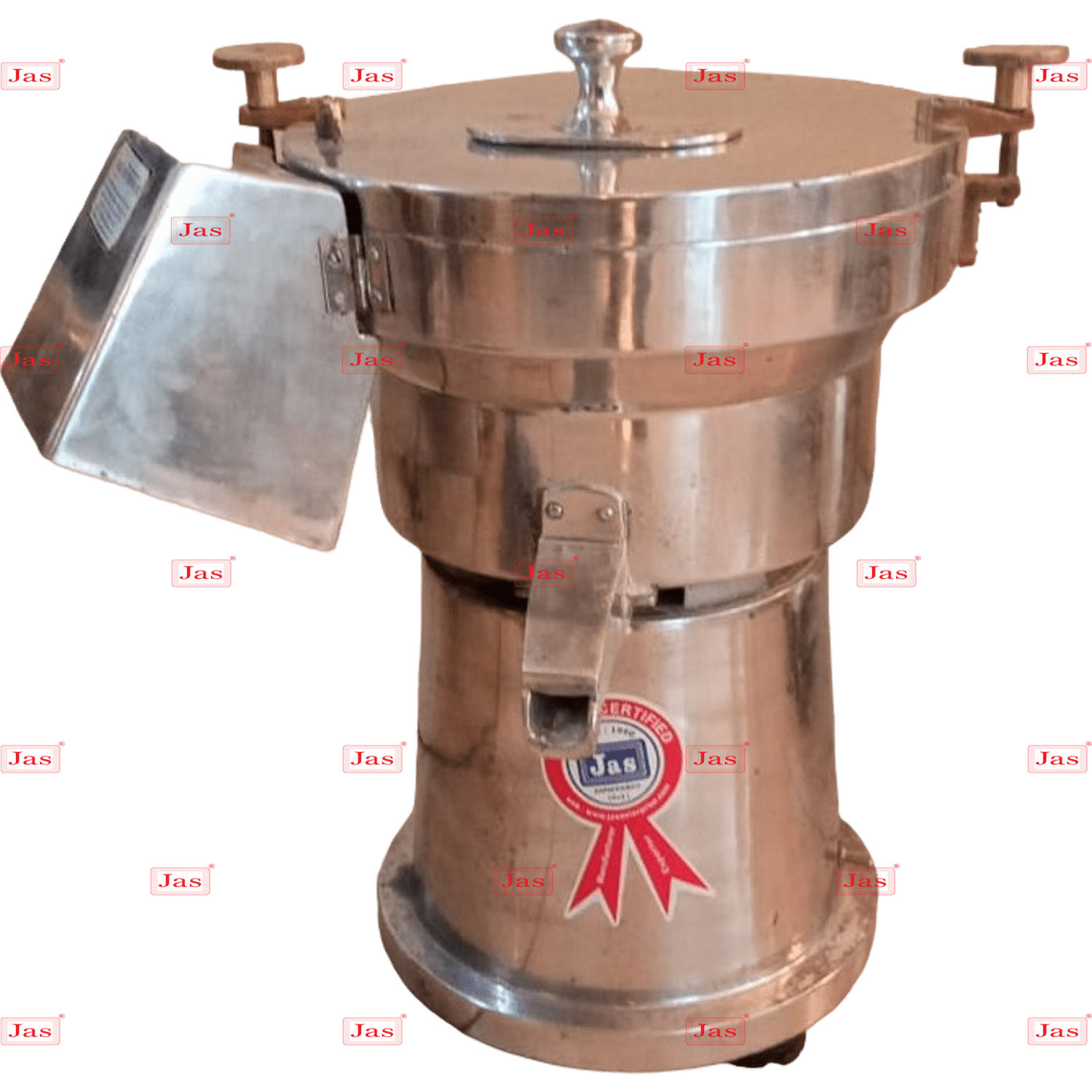

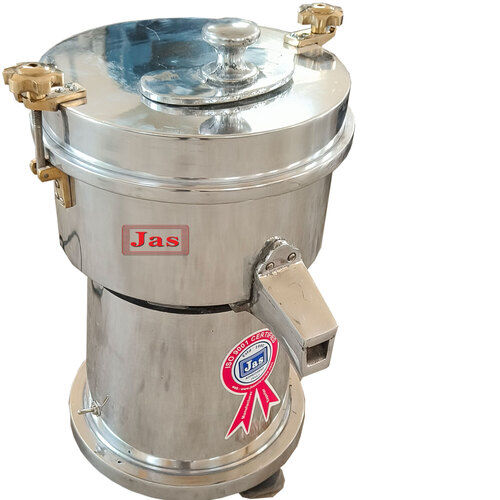
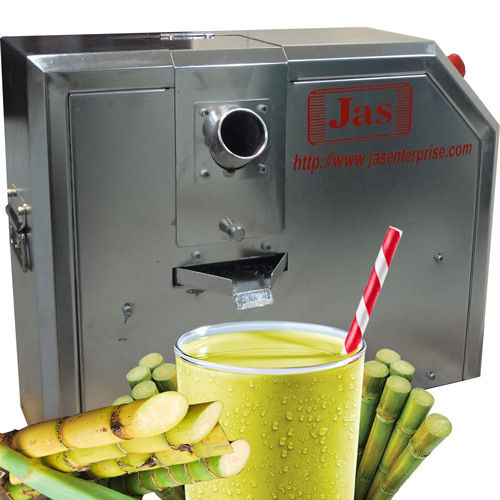
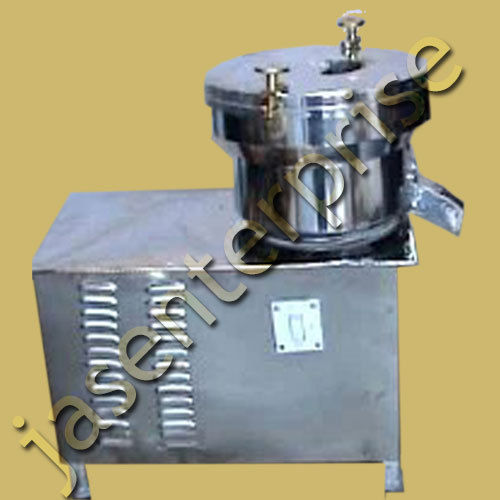
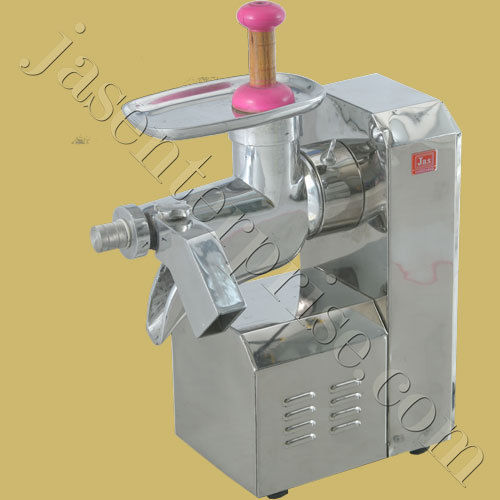


 Send Inquiry
Send Inquiry Send SMS
Send SMS Call Me Free
Call Me Free